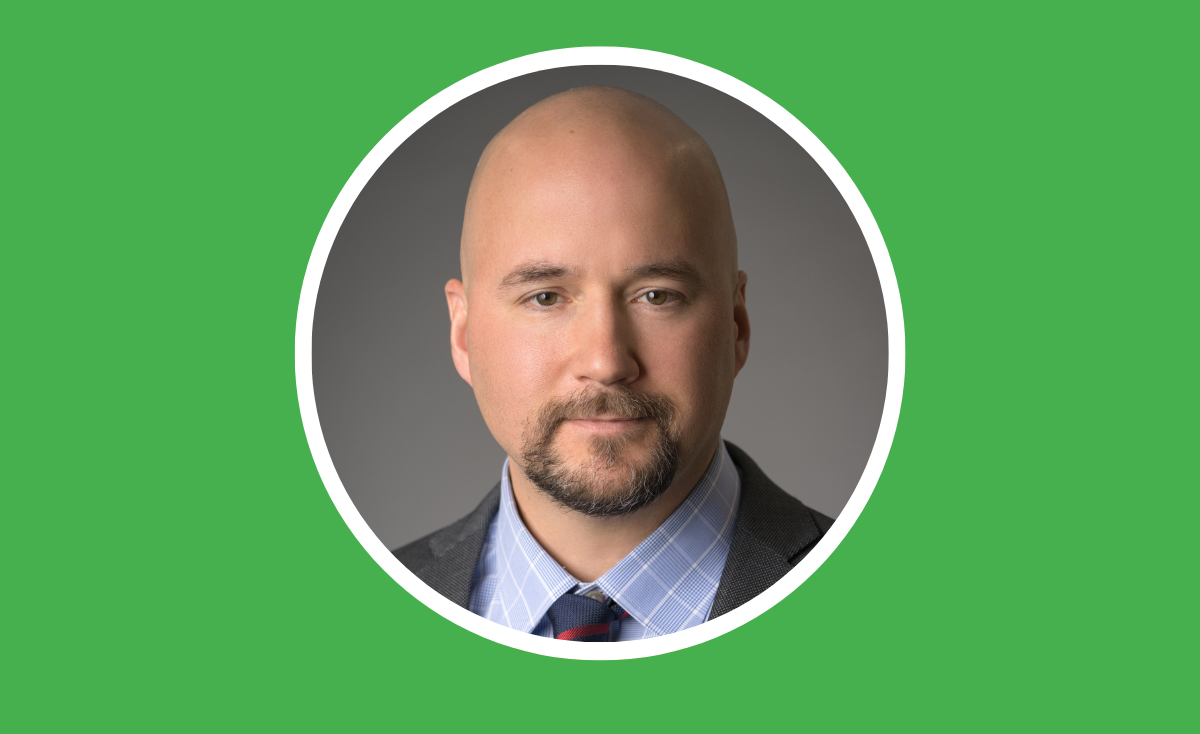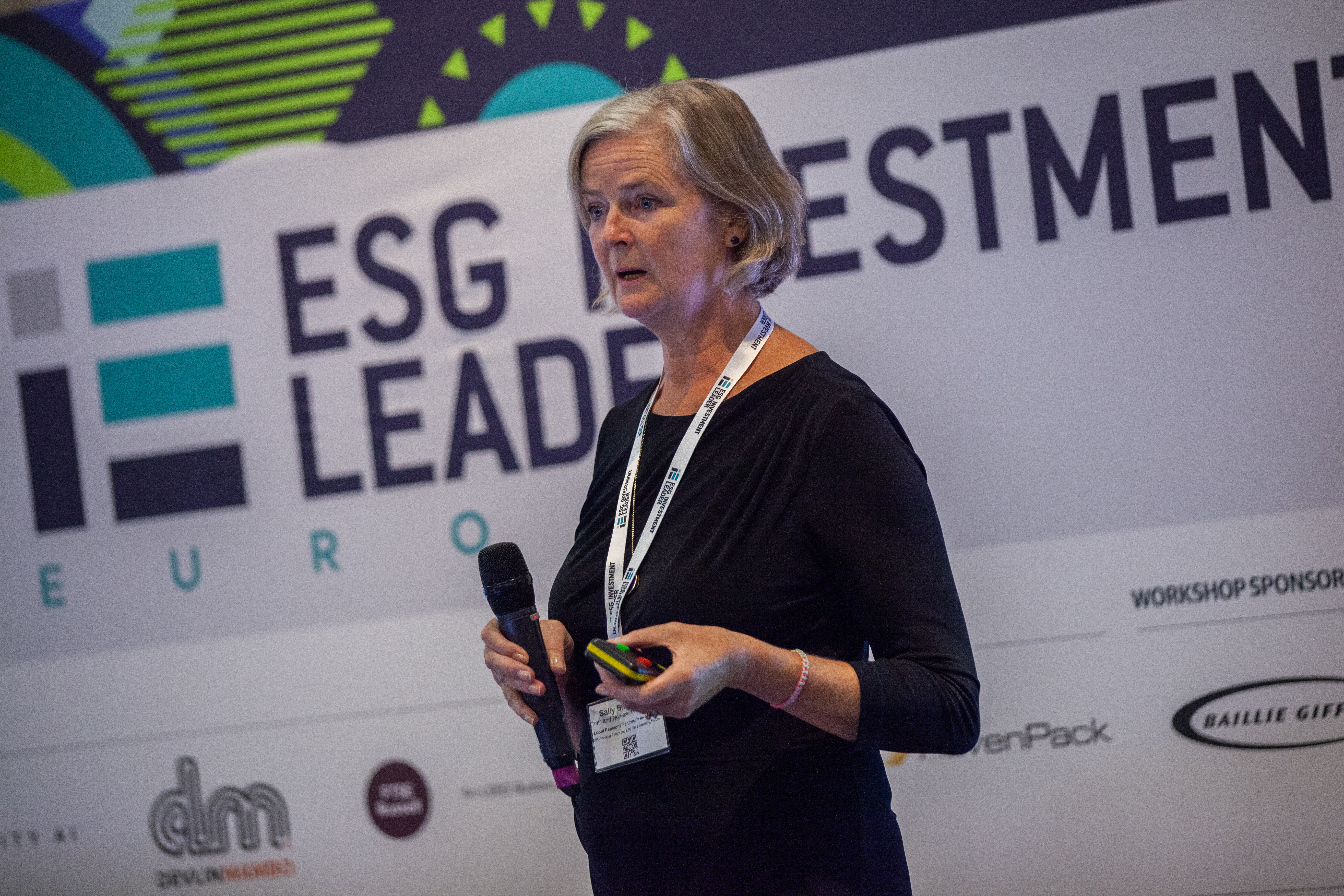Why active interaction with stakeholders is a gamechanger
Helmut Boisch, Chief Operations Officer at Dunham & Associates Investment Counsel, explores how interacting with stakeholders can bring some of the most valuable intelligence for designing your business model.
Helmut Boisch POSTED ON 12/5/2022 8:00:37 AM
 Helmut Boisch, Chief Operations Officer at Dunham & Associates Investment Counsel.
Helmut Boisch, Chief Operations Officer at Dunham & Associates Investment Counsel.
Get in front of your stakeholders. That sounds simple, and I bet you’re thinking you already do it, but I would challenge you to be honest with yourself because it’s easy to stay in your lane and your office -- and you can be a perfectly good executive that way as well.
At companies both large and small, there are plenty of ways to impact positive change by keeping with the status quo. At large fund operators, particularly, there are endless committees, internal and/or external meetings, and projects that compete for your time and attention. Smaller firms, meanwhile, often require more hands-on engagement with teams and processes, which can cut into time for exploring new ideas.
"Listening to your stakeholders means collaborating with the senior managers that run those teams and understanding the roles of your junior team members."
However, the problem is that if you don’t have a handle on your company's impact on internal and external stakeholders, you won’t be able to create dynamic change.
Listening to internal stakeholders
If you are a Chief Operating Officer (COO) – or in a similar executive role – internal stakeholders would undoubtedly include your operations team, the IT teams, and other teams that may work closely with yours, such as finance and compliance.
In this case, listening to your stakeholders means collaborating with the senior managers that run those teams and meeting with, listening to, and understanding the roles of your junior team members. You might, for example, sit with them one-to-one or shadow them to understand their day and workload. It is integral that you understand how your organisation functions daily from the ground up.
"I would argue that it’s paramount to build a relationship with the sales team, as well - starting from the top and continuing to the external and internal sales associates."
Understanding junior colleagues’ frustrations directly from them may mean you learn things you wouldn’t have otherwise – or if you had just spoken to managers. This information could include important feedback like:
- Does someone need to open three separate IT platforms to find information for one form?
- Does someone need to enter information into five different systems?
- Are there opportunities to consolidate, develop feeds, or create efficiencies you previously missed?
But while listening to your teams is critical, it’s still not enough to truly understand the opportunities that are hidden in plain sight. Even if you are in a COO type of role, I would argue that it’s paramount to build a relationship with the sales team, as well - starting from the top and continuing to the external and internal sales associates. The wealth of information you will gather from this engagement is profound.
Your sales team is comprised of the people on the front lines of your company's daily operations. They sell mutual funds, wrap programmes, and many other products and services created by your investment teams. If you interact with these individuals, they might begin to trust you with unfiltered issues, gripes, and complaints that can eventually sow the seeds for new ideas and initiatives.
In some companies, this kind of interaction doesn’t happen at all. In others, it might only occur between the senior team members. Nonetheless, I would say that getting in front of your teams internally is vital to building trust and confluence.
Listening to external stakeholders
What about your external stakeholders, though? Depending on your organisation, external stakeholder make up – who they are and what roles they play – might vary. There might be key companies your firm sells to or partners with. You might have financial advisors whose clients purchase your mutual funds, or similar. This means it can be tricky for senior executives to streamline an engagement approach.
Wherever possible, it’s important to find opportunities to get in front of those clients and partners. If your firm hosts a conference, for example, you can speak there alongside your sales teams. You can meet with the clients and listen to their concerns, so that, ultimately, you build a strong enough relationship with them and can reach out from time to time.
"It is essential to focus on business ideas beyond the cost centre. Building relationships with your investment teams can further the initiatives you want to see blossom."
Most importantly, don’t be afraid of being available. Yes, it will be an added commitment, but it will also reward you with flourishing relationships.
If you can understand the benefit of your firm’s services from the stakeholder’s point of view and connect the dots between issues experienced by your internal sales and operations teams, you will be better positioned to see hidden correlations.
There is a whole collection idea that will become visible through a sustained outreach strategy and enhanced senior engagement. This engagement will, in turn, impact your initiatives from a cost-efficiency standpoint and help grow revenue-generating and/or cost-saving ideas. Even in the COO role, it is essential to focus on business ideas beyond the cost centre. Building strong relationships with your investment teams can further the future initiatives you want to see blossom.
If there is one takeaway here, it is that getting out of the office and in front of stakeholders is beneficial. Roll up your sleeves and make yourself available – for issues large and small. These daily interactions will enable your organisation to explore new avenues for growth, efficiency, transparency, and accountability.
Please Sign In or Register to leave a Comment.
SUBSCRIBE
Get the recent popular stories straight into your inbox







